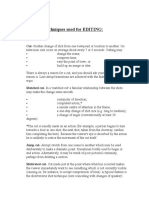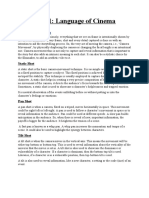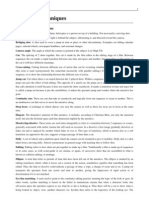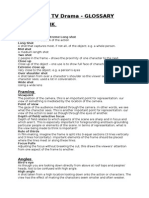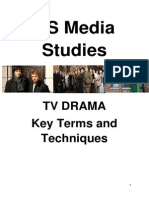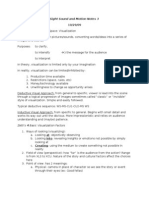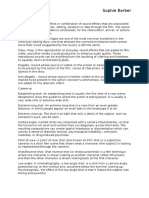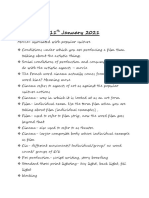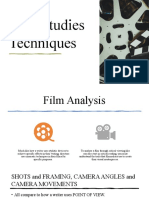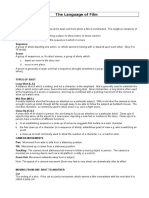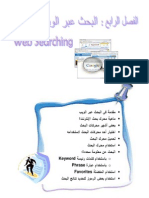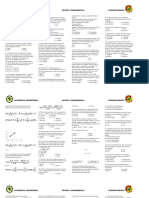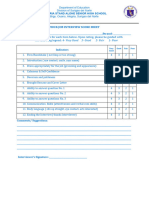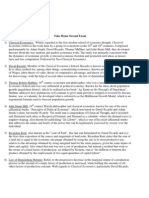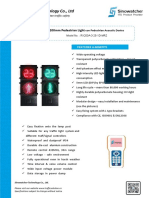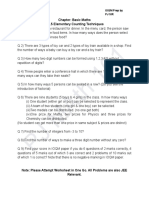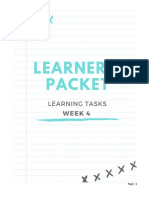0% found this document useful (0 votes)
90 views2 pagesManipulating Time
The document discusses various techniques used in films to manipulate the passage and experience of time. These include compressed time, where scenes are edited to make journeys seem shorter; simultaneous time, where parallel editing shows events happening at once; and flashbacks and flashforwards, which break chronology by showing past or future events. Slow motion, accelerated motion, replays and other techniques can also distort the experience and pace of time on screen for various dramatic effects.
Uploaded by
Vishal RajCopyright
© Attribution Non-Commercial (BY-NC)
We take content rights seriously. If you suspect this is your content, claim it here.
Available Formats
Download as PDF, TXT or read online on Scribd
0% found this document useful (0 votes)
90 views2 pagesManipulating Time
The document discusses various techniques used in films to manipulate the passage and experience of time. These include compressed time, where scenes are edited to make journeys seem shorter; simultaneous time, where parallel editing shows events happening at once; and flashbacks and flashforwards, which break chronology by showing past or future events. Slow motion, accelerated motion, replays and other techniques can also distort the experience and pace of time on screen for various dramatic effects.
Uploaded by
Vishal RajCopyright
© Attribution Non-Commercial (BY-NC)
We take content rights seriously. If you suspect this is your content, claim it here.
Available Formats
Download as PDF, TXT or read online on Scribd
/ 2
